When considering landscaping projects, understanding the cost implications of materials like large landscape rocks is crucial. One of the most commonly used methods to transport these heavy materials is via a dump trailer. In this article, we will explore the various factors that determine the cost of filling a dump trailer with large landscape rock, ensuring you have all the information needed for an informed decision.
What are Dump Trailers?
Dump trailers are specialized trailers designed to facilitate the unloading of heavy materials. They come equipped with a hydraulic lift that allows for the easy dumping of content, making them ideal for transporting things like soil, gravel, and, notably, large landscape rock. Available in various sizes and configurations, each type of dump trailer serves different needs, affecting the overall costs involved.
| Type of Dump Trailer | Capacity | Typical Cost |
|---|---|---|
| Single Axle | 10-12 cubic yards | $3,000 – $7,000 |
| Dual Axle | 12-14 cubic yards | $5,000 – $10,000 |
| Heavy-Duty Dump Trailer | 14-16 cubic yards | $7,000 – $15,000 |
Factors Influencing the Cost of Large Landscape Rock
Understanding the financial dynamics at play involves exploring the myriad of factors that influence these costs. Below are the primary components that contribute to determining the expenses involved in transporting large landscape rock via a dump trailer:
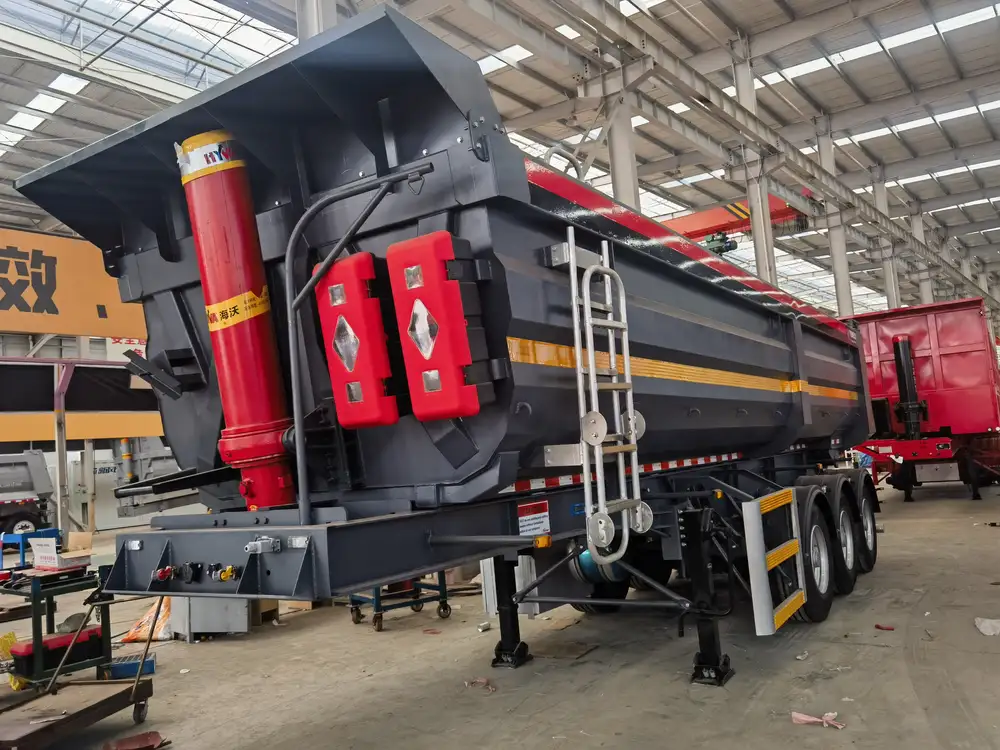
1. Type of Rock
The type of landscape rock can significantly influence costs. Commonly used options include granite, river rock, boulders, and decorative stones, each with its own price range.
| Type of Rock | Cost per Ton | Typical Uses |
|---|---|---|
| Granite | $40 – $100 | Driveways, paths |
| River Rock | $50 – $120 | Decorative features, drainage |
| Boulders | $200 – $400 | Retaining walls, landscaping design |
| Decorative Stones | $80 – $300 | Gardens, aesthetics |
2. Quantity Required
The quantity of rock needed for your project will dramatically impact the costs. Larger quantities naturally lead to increased expenses but may also qualify for bulk discounts from suppliers or contractors.
Example Calculation
Consider a landscaping project that requires 20 tons of granite rock.
| Criteria | Amount |
|---|---|
| Type of Rock | Granite |
| Cost per Ton | $70 |
| Total Cost (20 tons) | $1,400 |

3. Transport Distance
The distance from the supplier to your project site also plays a vital role in determining costs. Long hauls may incur additional transportation fees, especially if tolls, fuel, and staff salaries are factored in.
| Distance | Transport Cost |
|---|---|
| 0-50 miles | $200 – $400 |
| 50-100 miles | $400 – $700 |
| 100+ miles | $700 and up |
4. Site Accessibility
How accessible your site is can affect loading and unloading times, which could lead to increased labor costs. If your property has steep terrain, narrow entrances, or requires extensive maneuvering, the logistical efforts may add an extra layer of expense.
5. Regional Pricing Variations
Pricing for landscape rock varies significantly based on geographical location. For example, areas where rock is abundant may have lower costs compared to regions where natural resources are scarce. Understanding local market conditions is crucial to anticipate costs accurately.
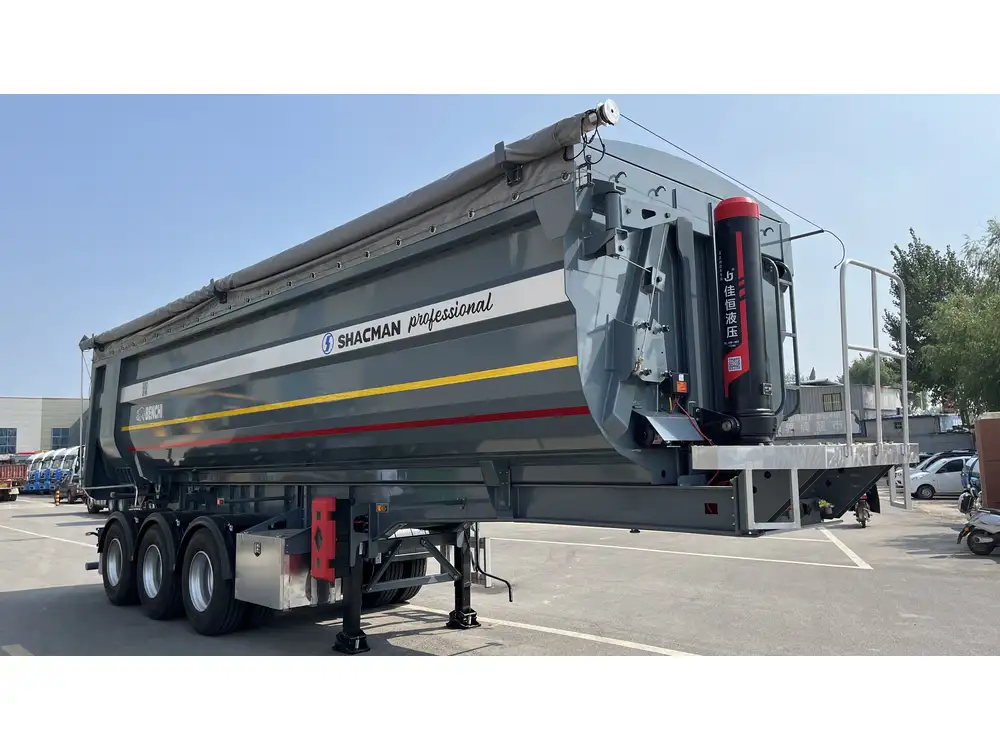
Real-world Cost Estimation Example
Let’s create a hypothetical scenario for a homeowner looking to install a decorative rock garden using a dump trailer.
Specifications:
- Rock Type: Decorative Stone
- Quantity Needed: 10 tons
- Transport Distance: 30 miles
- Site Accessibility: Moderate
Breakdown of Costs:
- Cost of Decorative Stone: 10 tons x $150 (avg. price for high-quality stones) = $1,500
- Transport Fees: Estimated at $300 for a 30-mile trip
- Labor: $200 for unloading and placement
| Description | Cost |
|---|---|
| Decorative Stone (10 tons) | $1,500 |
| Transport Fees | $300 |
| Labor | $200 |
| Total Estimated Cost | $2,000 |

Potential Additional Costs
While the above calculation serves as a fundamental guideline, it’s important to budget for additional expenses that may arise.
1. Permits
Depending on your locality, permission may be required for large deliveries, especially in residential zones or if street access is blocked off.
2. Preparation Work
You may need to clear and prepare your site before rock delivery, incurring additional labor costs.
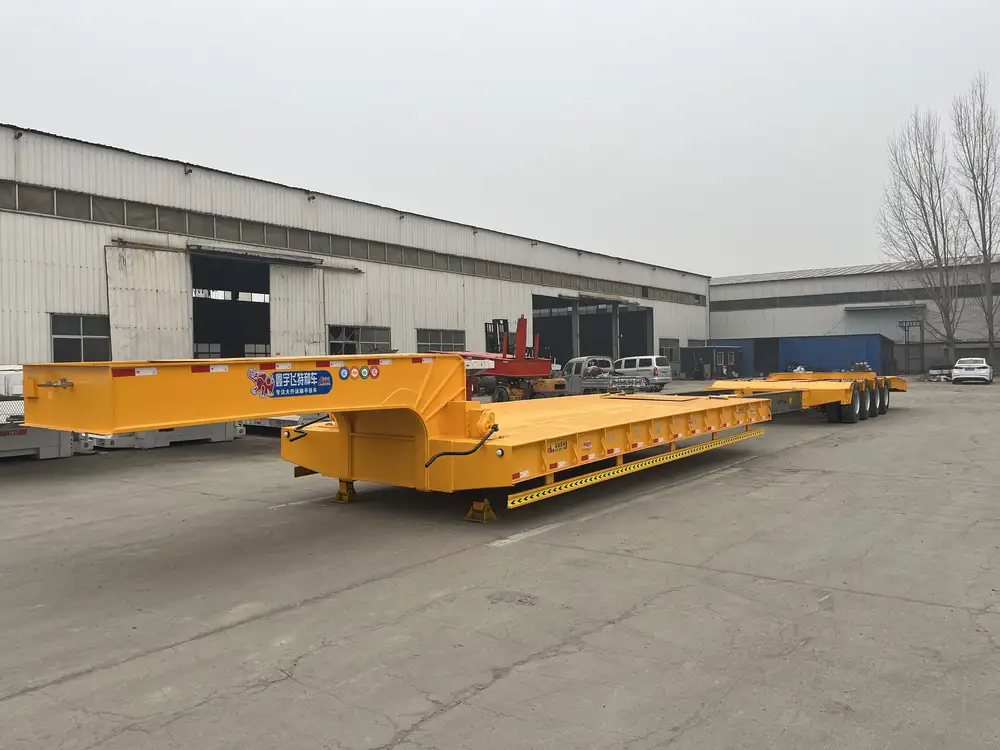
3. Delivery Timing
If you require off-hours or weekend deliveries, expect to pay extra.
Choosing the Right Dump Trailer
The choice of dump trailer can significantly impact your project’s efficiency and cost. Consider the following factors when selecting the perfect trailer for your needs:
Load Capacity
Select a trailer that can comfortably accommodate the required quantity of landscape rock without risking overloading, which can damage vehicles and create safety hazards.
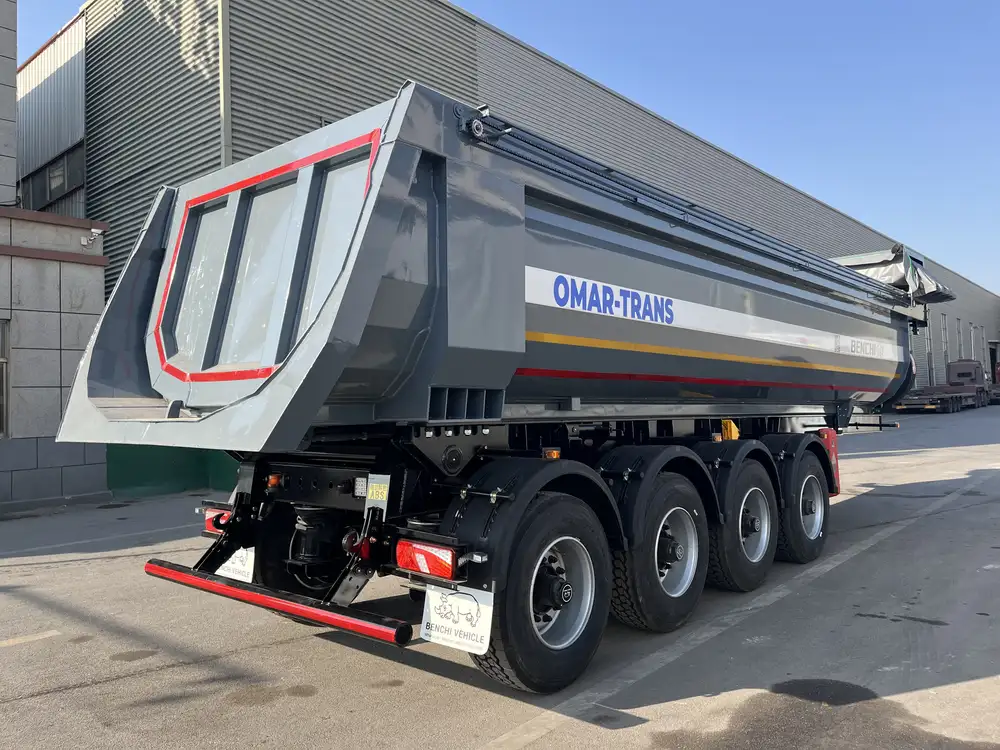
Hydraulic Features
Ensure the hydraulic lift mechanism is robust and functioning correctly, as this will affect unloading efficiency.
Trailer Size
Choose a size that accommodates your site limitations but also allows sufficient room for maneuvering when unloading.
The Importance of Professional Guidance
Given the complexities associated with selecting and using a dump trailer for large landscape rock delivery, seeking help from professional landscapers or suppliers can provide invaluable insights. They can assist with cost calculations, recommend suitable rock types for your project, and ensure you comply with local regulations and safety practices.

Frequently Asked Questions (FAQs)
How Much Does a Full Dump Trailer Cost?
The cost of a full dump trailer of landscape rock can vary significantly based on factors like type, quantity, transport distance, and local pricing.
Can I Rent a Dump Trailer Instead of Buying?
Yes, many construction and landscaping companies offer dump trailer rentals. Renting can be a cost-effective solution if you do not require regular use.
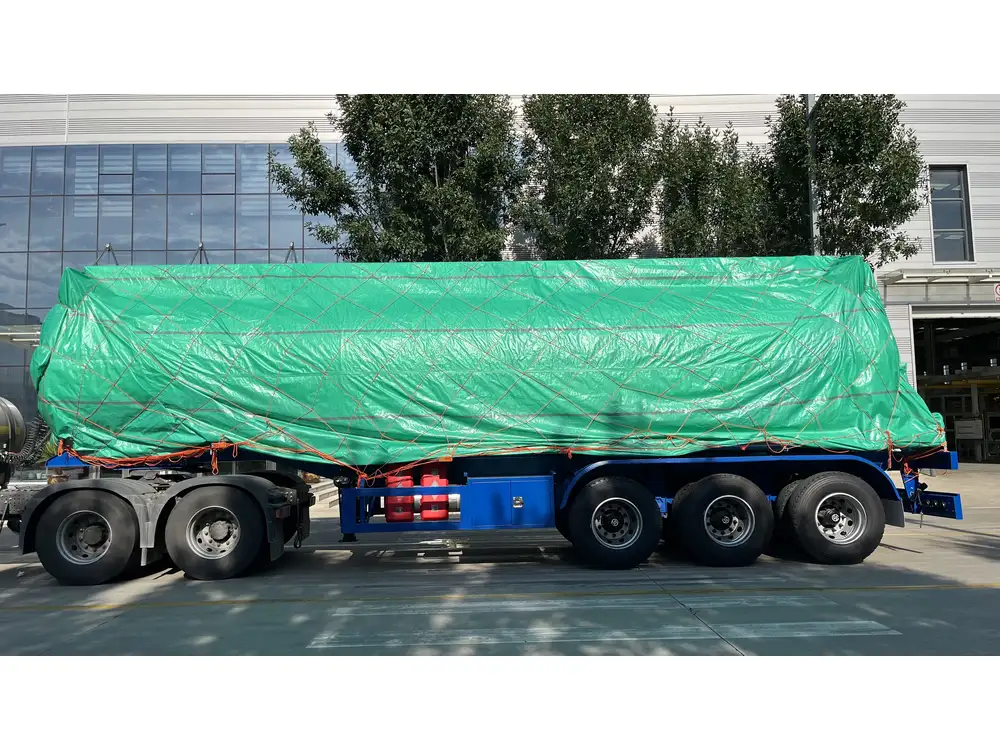
Are There Any Hidden Costs I Should Be Aware Of?
Potential hidden costs include permits, preparation fees, transportation surcharges for unique site conditions, or logistical challenges impeding smooth delivery.
What Safety Precautions Should Be Taken?
Ensure the delivery area is clear of obstructions, communicate any site-specific challenges to the hauler, and comply with all local health and safety regulations during unloading.
Conclusion
Understanding the costs associated with filling a dump trailer with large landscape rock is pivotal for effective landscaping projects. By evaluating factors such as rock type, quantity required, transport distance, site accessibility, and regional pricing variations, one can effectively compute overall expenses. Whether you are a homeowner embarking on a DIY landscaping endeavor or a contractor calculating project budgets, having a clear grasp on these elements will pave the way for successful outcomes in your landscaping ventures. For specific inquiries or personalized assistance, consulting with professionals in the landscaping and transport sectors is highly advisable.



